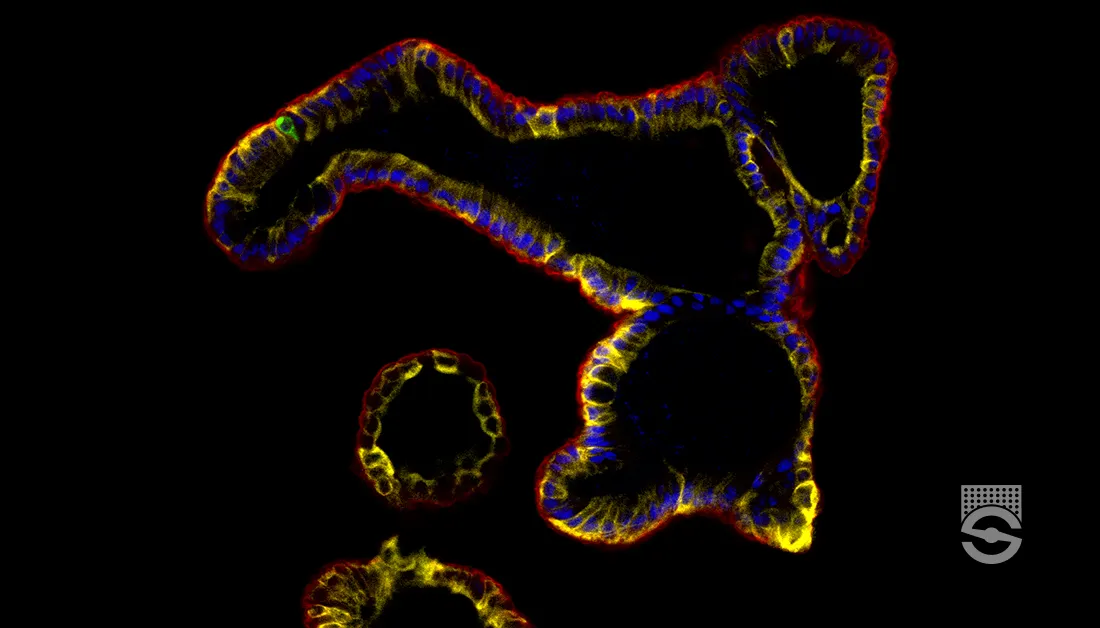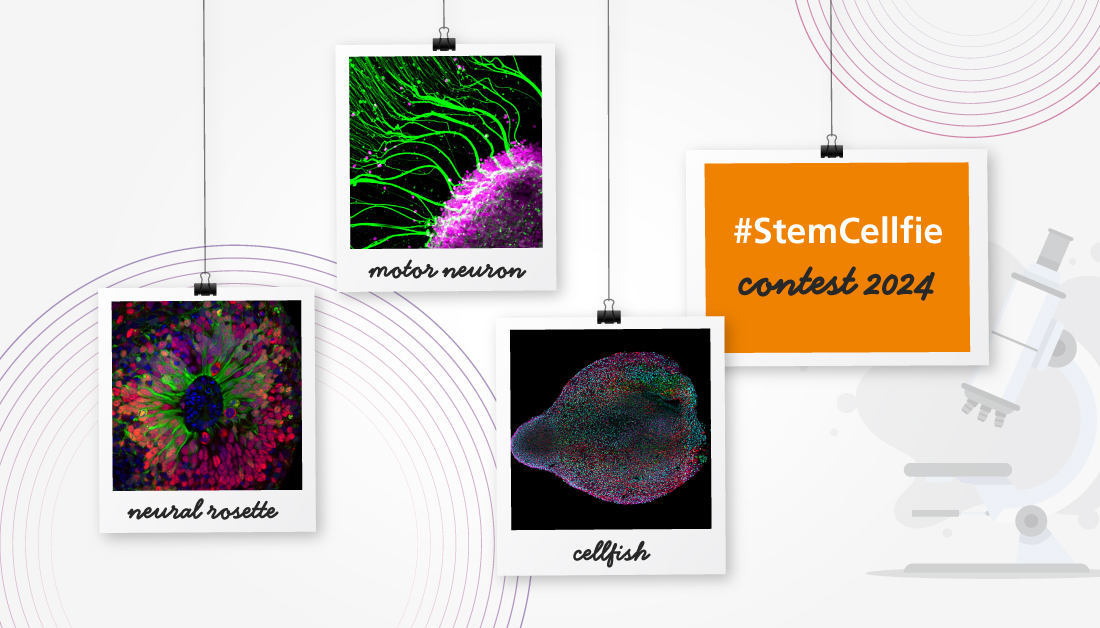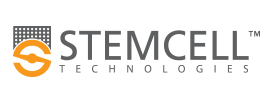Fluorescent Nucleal Reaction
for DNA
Materials
- Hydrochloric acid, 1 N
- Acid alcohol (1% hydrochloric acid in 70% ethanol)
- Fluorescent Schiff reagent
Tissue Sample
5 µ paraffin sections of neutral buffered formalin fixed tissue are suitable. Many other fixatives are satisfactory. Fixatives containing strong acids should be avoided as this method depends on the acid hydrolysis of DNA, and acids in some fixatives may pre-hydrolyse the tissue (picric acid in Bouin’s aqueous formal-picric-acetic mixture for example).
Protocol
- Bring sections to water via xylene and ethanol.
- Rinse briefly with cold 1 N hydrochloric acid.
- Place into prewarmed hydrochloric acid for the appropriate time at 60°C.
- Rinse briefly with cold 1 N hydrochloric acid.
- Rinse briefly with distilled water.
- Place into Acriflavine Schiff’s reagent for 30-60 minutes at room temperature.
- Place into 1% acid alcohol, 2 changes for about 5 minutes each.
- Wash well with water.
- Dehydrate with ethanol, clear with xylene, and mount with a resinous medium.
Expected Results
- Using a BG 12 exciter filter, and OG 4 (yellow) and/or OG5 (orange) barrier filter, DNA fluoresces yellow.
Safety Note
Prior to handling any chemical, consult the Safety Data Sheet (SDS) for proper handling and safety precautions.
References
- Culling, C F A, Allison, R T, Barr, W T, (1985).
Cellular pathology technique., Ed. 4, p. 189.
Butterworths, London, England.






